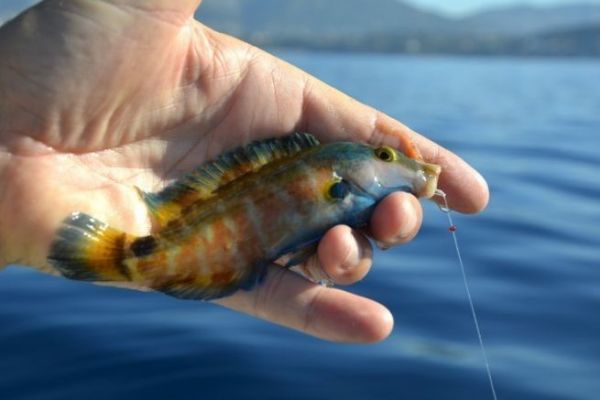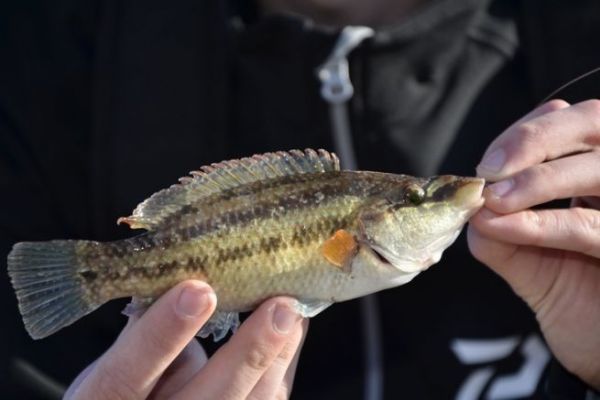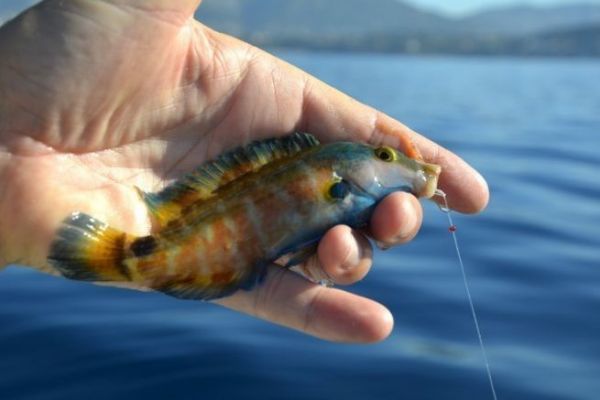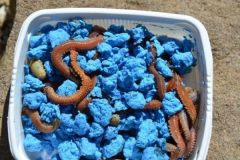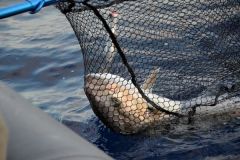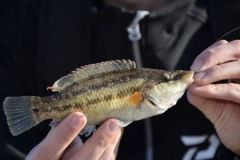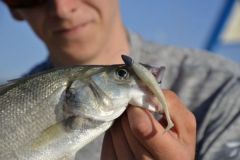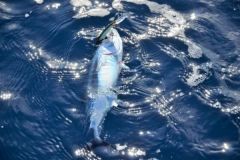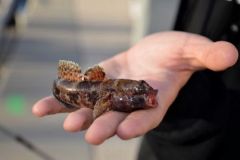Introducing the Mediterranean crenilabra
With its scientific name Symphodus mediterraneus, the Mediterranean Rattlesnake is a very pretty, colorful fish in the Labridae family. Found in the Mediterranean and Eastern Atlantic, the Mediterranean kelpfish can be distinguished from other kelpfish by its black spots on the pectoral fins and near the tail. In males, the black spot on the pectoral fins is surrounded by a bright yellow border. These characteristics distinguish it from the ash kestrel and the ocellated kestrel. The Mediterranean rattlesnake has an average size of around 12 centimeters, sometimes exceeding 17 centimeters, and can live up to 7 years.

Habitat and behavior
The Mediterranean crenilabra is found on rocky bottoms and Posidonia meadows. It can be found at depths as shallow as the first few meters, and can also be found at depths greater than 15 meters.
The Mediterranean crenilabra feeds mainly on small mollusks, worms, gastropods and small aquatic organisms such as bryozoans. It may also feed on sea urchins.
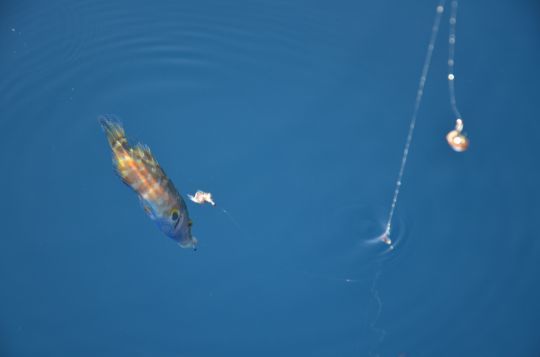
The Mediterranean crenilabra is a protogynous hermaphroditic fish species, first becoming female during its first three years, then male. The male is responsible for building and defending the nest during the breeding season, which runs from early spring to late summer.
Fishing for Mediterranean crenilabra
The Mediterranean crenilabra is a difficult species to target, as its density is quite low compared to other species that frequent the same biotopes. However, it is possible to catch one or more Mediterranean kelpfish when fishing with a trolling boat or longline, for example. The Mediterranean crenilabra is mainly caught with small pieces of worm or cephalopod strips. To optimize your chances of catching this pretty fish, you can fish with a drop-shot rig over or near Posidonia meadows.

The Mediterranean crenilabra can also be rockfished with small soft lures or creatures.
